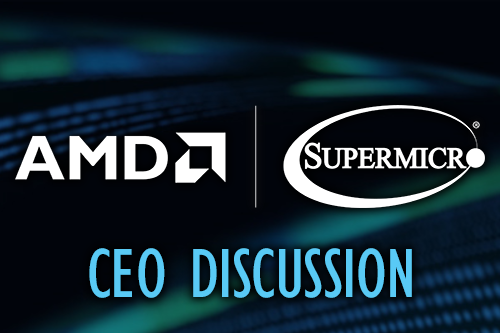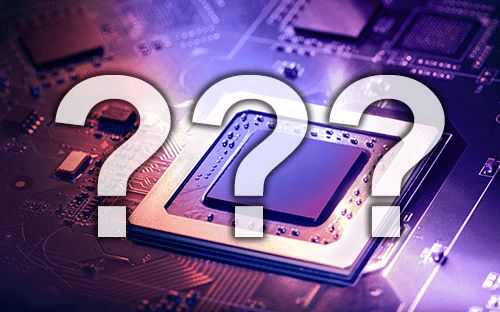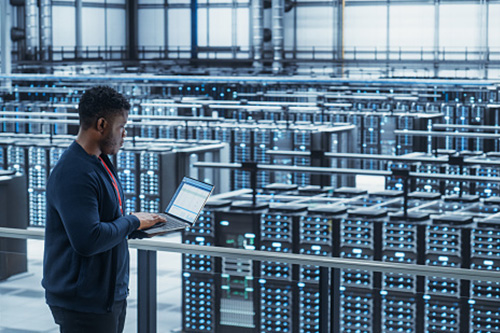Part 1: First There Was Blockchain | Part 2: Delving Deeper into Blockchain | Part 4: The Web3 and Blockchain FAQ
Perhaps the most surprising aspect about Web3 is the DAO, an acronym that stands for Decentralized Autonomous Organization. A DAO is an emerging alternative type of organization that operates without centralized management. Instead, power is shared by token holders who cast votes in a bottom-up approach, according to Investopedia. Activity in the DAO is recorded on the blockchain, where it is open to all. Smart contracts form actions that help govern organizational process and policy. From the outside, a DAO appears to function similarly to a corporation; from the inside it is very different. There’s no CEO, COO or President. Instead, DAOs are often managed by governing bodies, although many rules are pre-determined by smart contracts. For real-world examples of DAOs, see this Forbes article.
So, What is Web3, Anyway?
Web3 (also spelled Web 3.0) is a name for the next evolution of the web, following Web 1.0 and Web 2.0. It is expected to be built on open-source software, blockchain, NFTs (non-fungible tokens), smart contracts and other Blockchain-related technologies. Gavin Wood, founded Polkadot, co-founded Ethereum and was the originator of the Web3 Foundation. Wood coined the term Web3 in a 2014 blog post.
Web3 is not to be confused with another effort to remake the Web, also known as the Semantic Web and sometimes called Web 3.0. The Semantic Web dates back to 1999, when Tim Berners-Lee coined the phrase, according to Wikipedia. The Semantic Web’s primary goal is to extend the standards set by the World Wide Web Consortium (W3C) to make the meaning of internet data machine-readable.
In April 2022, speaking to CNBC International, Wood defined Web3 “as an alternative vision of the web, where the services we use are not hosted by a single service provider but instead are purely algorithmic. They are in some sense hosted by everybody” in peer-to-peer fashion. “The idea being that all participants contribute a small slice of the ultimate service. No one really has any advantage over anyone else, not in the same sense at least as when you go to Amazon, eBay or Facebook, for example, where the company providing the service has power over how” that service is rendered and how your data are handled. In summing up, Wood said: “Web3 is about reducing the trust needed to use the internet services we use every day.”
Still Early Days
Web3 is available in test-tube fashion today. A basic form of the tech stack can be cobbled together using the Ethereum blockchain, it’s challenging and still doesn’t create the seamless end-user experience that it is hoped will describe the eventual product set.
The Web3 Foundation and others are working on different aspects of Web3. Visit the Web3 Foundation for a look at Wood’s Web3 Technology Stack diagram.
The diagram describes the end-user software as a “protocol-extensible user-interface cradle ("browser")” that “a user would use to interact directly with the blockchain without needing to know implementation details. Examples include Status, MetaMask or MyCrypto.”
Web3 leaders would do well to remember that it was the user interface in the form of the Mosaic web browser that exploded, making the advent world-wide web content a certain thing. Available in public beta since earlier that year, Mosaic 1.0 released for Windows in November 1993. Just a year earlier, in November 1992, there were only 26 websites in the world (Wikipedia).
Juan Benet, founder, ceo, engineer of Protocol Labs, and creator of Filecoin and IPFS, is another key Web3 visionary who is tracking the user experience. In 2018, he gave a speech at the Web3 Summit called What Exactly Is Web3? Among other things, he spoke about browsers and the Web3 user interface: “Web 3.0 browsers are very different. Some look like existing browsers and they browse the web that way. Some are a single webpage that that connects you to the blockchain and lets you [initiate] transactions. Some are [“Web3 wallets”]. And some are extensions to your existing browser that add capabilities. We don’t really know what the browser of Web3 ought to be. We don’t have good usability yet. It’s a major challenge.”
Fervor
Web3 is a call to action for a user movement — like the user movement to PCs; like the movement to the world-wide web. When very large numbers of users insist upon a specific change, change happens. You don’t have to be clairvoyant to see that end-user security and privacy in the US has been severely compromised by our own intelligence agencies, big tech companies and foreign countries. It’s a bubbling pot waiting to boil over. How long before users demand a change?
There’s a fervor you sense from some of the people behind Web3 that you may not immediately understand. Blockchain is an open source-based system. It’s based on a P2P approach, which eliminates intervention from other parties, such as large tech companies, each of which controls access to a huge block of users. They have an overlapping monopoly on the personally identifiable data of millions of people. Web3 seeks to use a new web technology stack, blockchain and user crypto wallets to give back the ownership of such data to its users. For many the prospect of using blockchain technology and Web3 principles to take back user privacy is empowering.
For a well-written and comprehensive primer of Web3, see Ethereum’s Introduction to Web3.
Other Stories in this Series:
Part 1: First There Was Blockchain
Part 2: Delving Deeper into Blockchain
Part 3: Web3 Emerging
Part 4: The Web3 and Blockchain FAQ












